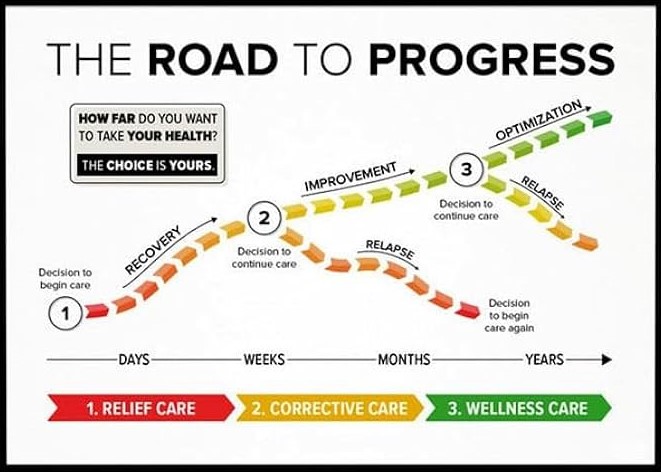Sports injuries can disrupt your performance and daily life, but with the right care, you can recover and return stronger. At The Roeske Clinic, we specialize in treating a wide range of sports injuries through chiropractic adjustments, therapeutic modalities, and personalized rehabilitation plans. Our goal is to relieve your pain, restore your mobility, and help you safely get back to the activities you love.









